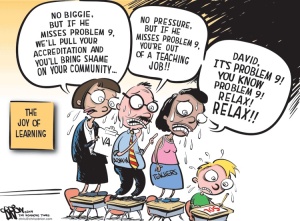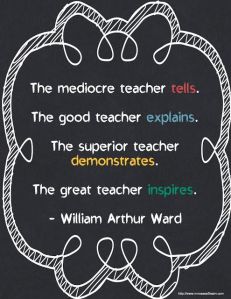Evaluation provides critical feedback to the learning process, thus it is imperative that evaluation be helpful. It must be clear, immediate, regular, accessible, individualized, affirming, future-oriented, justifiable, educative and selective.
Prior to deciding on assessment strategies, one must dissect the purpose of evaluation, how it aligns with the personal teaching philosophy as well as institutional goals. Here are the nine purposes of evaluation (Fenwick & Parsons, 2009).
If you were to re-arrange these purposes by importance, 1 being the most important and 9 being the least important, what would it look like?
- To compare actual learner performance to the goals of the instruction.
- To help learners make decisions regarding future actions.
- To monitor learner progress.
- To assess instructional strategies.
- To revise the program.
- To provide information for other stakeholders.
- To assess a learner’s background knowledge.
- To determine learner satisfaction.
- To develop self-assessment in learners.
I believe learner progress and satisfaction to be two crucial aspects that should be considered in evaluation. If the learner has no insight regarding their progress, it will decrease their satisfaction with the educational program and make it more challenging to take appropriate decisions regarding future learning endeavours.
Thus, please reflect, what is the purpose of your evaluation?
Credit:imageck.com

